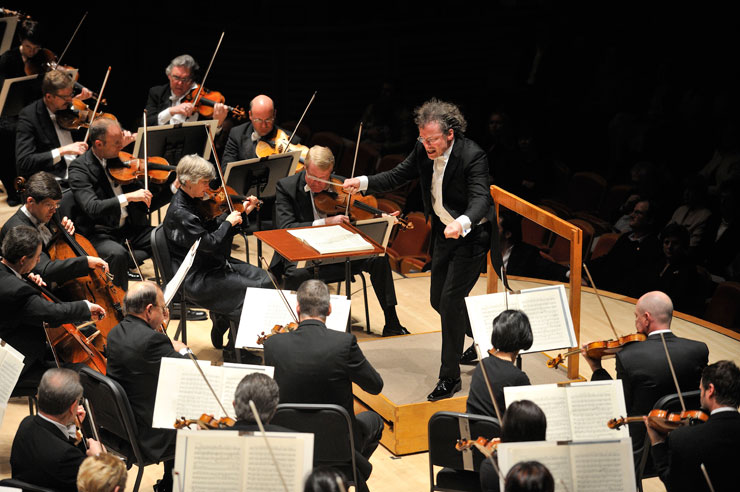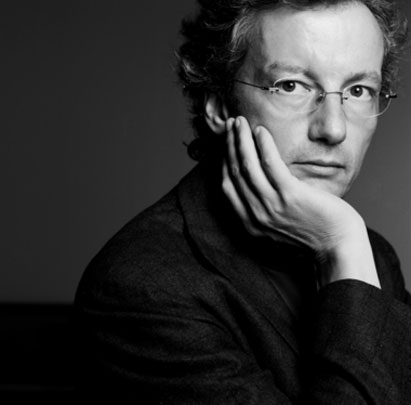
Thanks to the Cleveland Orchestra, Miami’s Arsht Center for the Performing Arts can brag about hosting a packed classical music concert. Everyone was out last Friday night, moving briskly, jovially, as if on the way to collecting some kind of life-changing reward.
As it turned out, everyone was right. Music Director Franz Welser-Möst delivered an invigorating rendition of Beethoven’s third and Shostakovich’s sixth symphonies, a pairing that proved to be as delicious as stout beer and chocolate.
The combination of these two composers may seem odd at plain sight. However, taking a closer look will reveal many similarities, most notably the fact that both of them expressed their most overt philosophical and political opinions by way of the symphonic form.
Beethoven originally had dedicated his third symphony to Napoleon Bonaparte, someone he believed embodied the ideals he held dear, such as democracy and liberty. Understandably, when Napoleon declared himself emperor, Beethoven went into a rage and tore his symphony’s dedication page to shreds.
Soon after, Beethoven rededicated his symphony to his ideals, and called it Sinfonia Eroica. It became evident that Welser-Möst has a profound understanding of this piece and the composer. He looked like a true hero leading his musicians into a winning battle. There was a lot of pride and youthfulness in the sound of the Cleveland Orchestra. The colors that such an immaculate instrument exudes are vivid enough to wallow in.
The tempi Welser-Möst chose throughout were spritely, which made even the second movement’s funeral march life affirming. The horns shone a special light in the scherzo, with their perfectly voiced “hunting calls.”
After Beethoven’s drawn-out ending, the mesmerized audience jumped out of their seats, but not as fast as they did after Shostakovich’s.

Shostakovich wrote his sixth symphony in 1939, a difficult time in Stalinist Russia. He was in constant fear of being arrested and subsequently killed for his artistic expression. In the symphony’s first movement there is an atmosphere of impending doom set by a buzzing in the strings.
This was supposed to be a happy piece, with a choir, vocal soloists, hymns, and maybe even fireworks highlighting the greatness of the Russian people, as ordered by Stalin. Instead, Shostakovich made it purely instrumental, with a gloomy and long first movement followed by two shorter but fast movements.
Welser-Möst’s entire demeanor changed for this symphony, it was as if he switched costumes and entered a different play. The transition from heroism to pain and fear was apparent even in the audience with the opening low string melody.
The orchestra changed palettes as well, bringing out darker, thicker colors, and underlined Shostakovich’s juxtaposition of piccolo and high strings with contrabassoon and low strings. The suspense was terrifying.
In the second and third movements the pace picks up. In fact, the third almost sounds heroic, until the basses start laughing sarcastically at the percussion’s gallop. The symphony ends in triumph, but Welser-Möst and the Cleveland Orchestra knew how to paint the anger.
Fernando Landeros is a writer/critic for artburstmiami.com.




